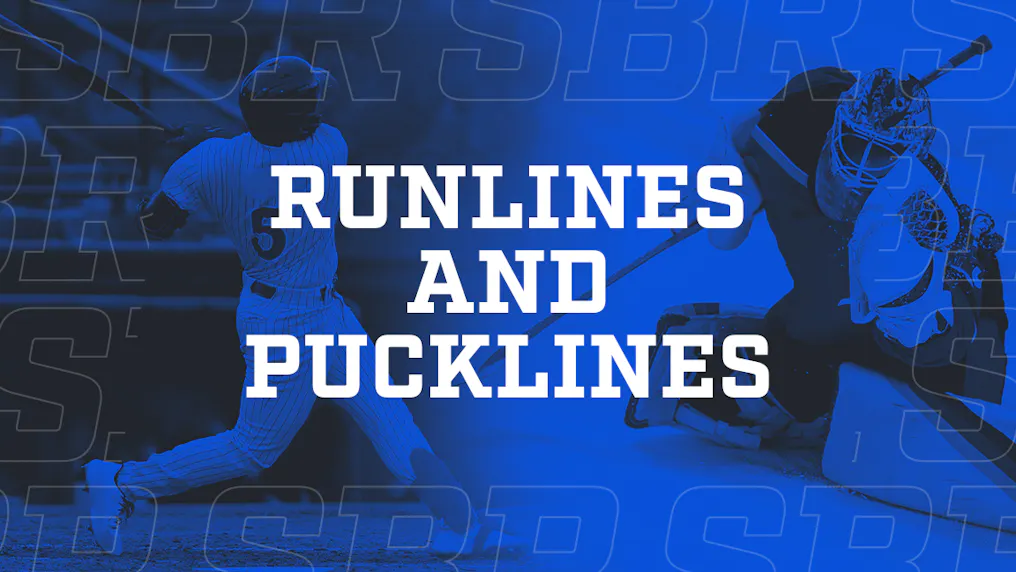Runlines and Pucklines

Last updated: September 15, 2022 11:02 AM EDT • 3 min read X Social Google News Link

In baseball and hockey, runlines and alternate lines are options that should be part of your strategy. And even in football and basketball, you can find alternate spreads that give the option to pay a little bit more for security or risk a little bit more in order to earn a bigger profit. If you’re new to this strategy, let’s walk you through how these alternate lines work.
Runlines In Baseball and Pucklines in Hockey
The most common alternate lines you’ll find are in baseball and hockey. For every game on the board, you can either bet the moneyline – simply choosing a team to win straight-up – or you can bet -1.5. This gives you an option: do you think the favorite will easily win? Then bet them -1.5. Do you think the underdog will keep it close but possibly lose? Then take +1.5. Hockey and baseball are moneyline sports, and this introduces spreads into the equation.
The Strategy Of Runline and Puckline
The key to this strategy is the correlation to the moneyline. Many people have limits to what they’ll bet on a moneyline. For example, in baseball and hockey, many sharp bettors cut things off if a favorite gets beyond -140. At that point, they would start considering a puckline play.In hockey, the puckline is a key factor in strategy because most teams trailing late in the game will pull their goalie. So if a team is ahead by a goal, they could score an empty-netter and win by two. On the flip side, if you feel the game might be tight and will hit overtime, a +1.5 play is also shrewd because you automatically win if the game hits the extra frame.In baseball – and in hockey to an extent – the strategy of the runline focuses on cutting down the juice. If the best team in baseball has their ace on the mound and is facing the worst team, then we could see a moneyline of around -300 or higher. That’s a steep price to pay. One way to invest at a lower buy-in would be to bet on the runline. Your favorite will have to win by 1.5 runs, but at least you can get the line down to, say, -150. And you’re expecting them to roll anyway, so maybe the extra run isn’t a factor.Keep in mind that in baseball, the runline-to-moneyline correlation will vary depending on who is favored and where the game is played. Remember, the home team won’t bat in the bottom of the ninth inning if they’re ahead, so the runline price takes that into account.
Alternate Lines – Spreads, Runlines, Pucklines
Alternate lines are for the bold and the beautiful. That’s right; if you have some courage in your system and a good handicapper, you can find value with alternate lines.Alternate lines allow you to give away runs or points (on the spread) to receive a better payout. For example, in baseball, the favored team will always be -1.5 on the runline. But if you want to bet an alternate runline, you could take the favorite +1.5. Of course, in that case, you’re expected to win, so that will cost you. On the flip side, you could take the underdog – the team that is not expected to win – and lay 1.5 with them. All of a sudden, that spikes your payout because that team wasn’t expected to win, but you’re betting them not just to win but win by two.The same goes for football. Alternate lines are posted each week to give you those options. The oddsmakers set the lines a certain way and expect a game to land on a certain number. However, we all know that the games don’t play out on paper as they do in reality. If you think you’ve got an edge somewhere, you can get an alternate line, change the odds in your favor and try to cash in. It’s not a common form of betting. However, that’s the strategy of alternate runlines.

James Bisson X social